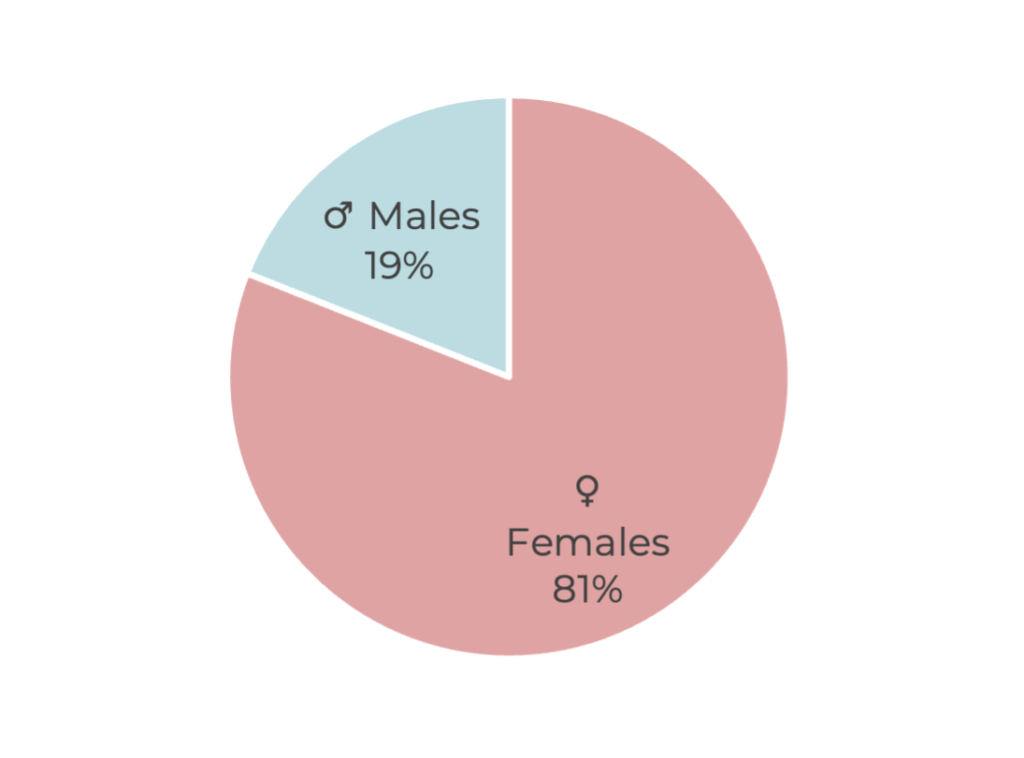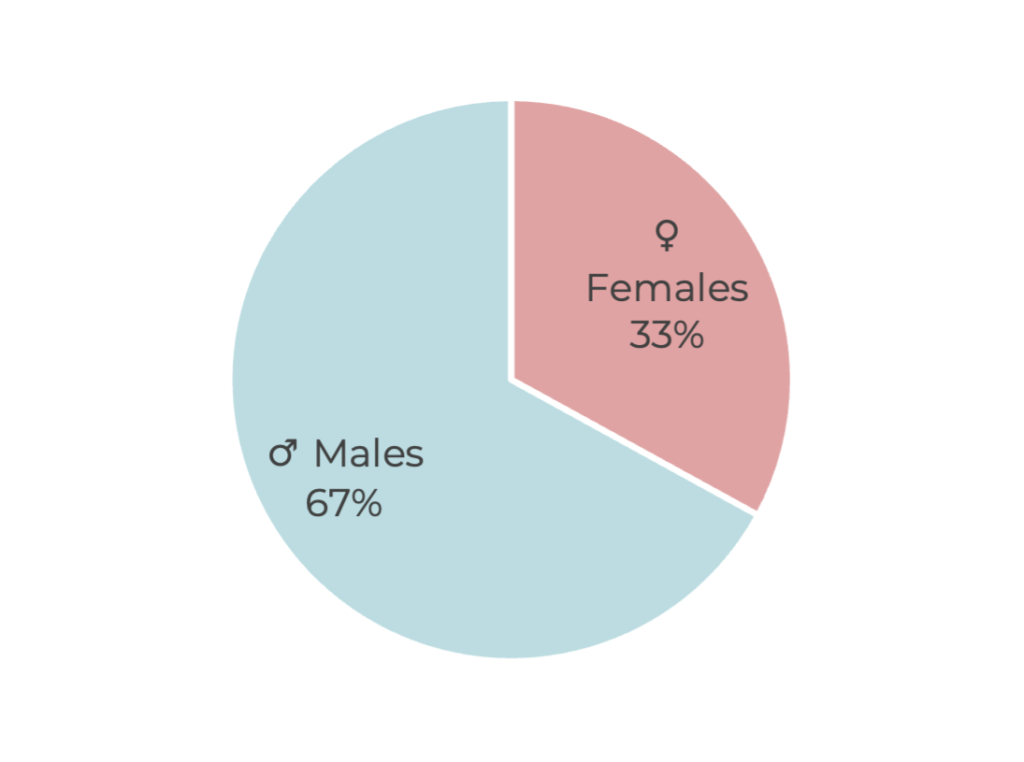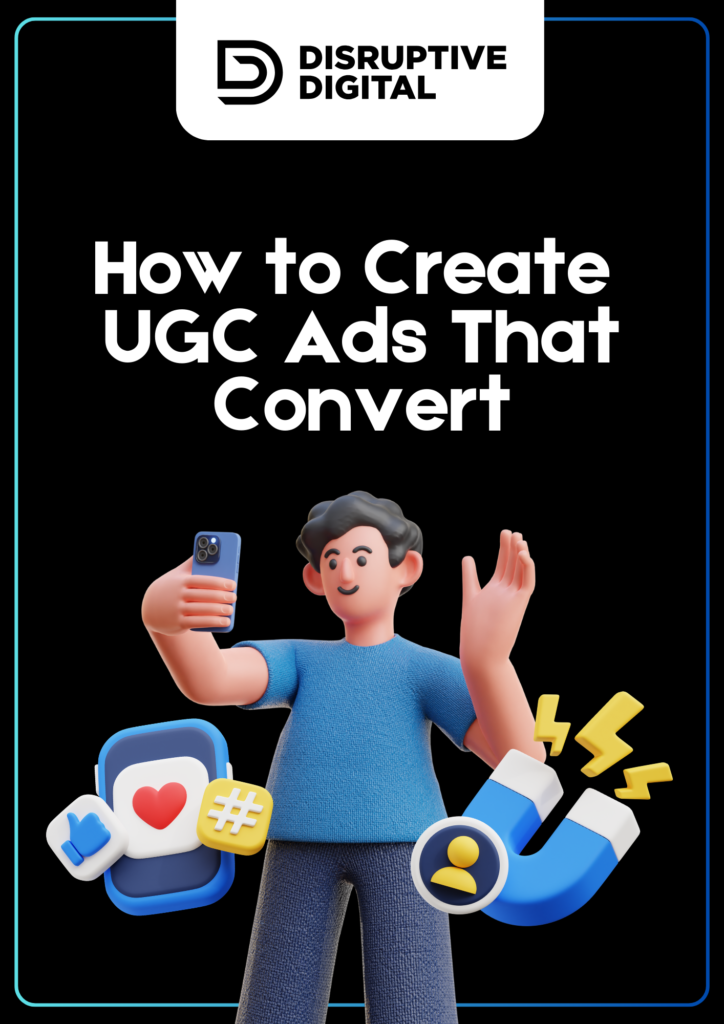When it comes to successful digital campaigns, it’s easy to fall into a trap: ostensibly, more narrowly targeted ads help you reach the right audience, making your ads more successful and driving more results. But in reality, the opposite tends to be the case.
In fact, keeping your target broad and letting your creative do the targeting instead can become immensely powerful. It’s why creative diversification has been shown to drive 32% increased efficiency and 8% incremental reach on Meta ads.
To get there, you need to know how to leverage your creative to reach new audiences. Pulling these 10 creative levers can help you reach incremental audiences on Meta and drive better business results.
1. Age
Your audience wants to see themselves reflected in your ads. That’s especially clear for age, where showing models or using language that directly speaks to a specific age group will almost naturally drive the most results for that age group.
In one experiment we ran, an ad clearly mentioning the age 62 and using appropriate language resulted in 52% of reach being in the 55-64 age range, while an ad optimized for a 45-year old on the same product moved 48% of the reach to the 45-54 demographic.


Simply creating both creative in a single campaign will lead to Meta optimizing for the cheaper auction option. Instead, create separate campaigns with creative speaking to each age group, ensuring incremental delivery for all ages you look to reach.
2. Gender
Similarly, changing the gender focus on an ad will have a significant impact on the attention and conversions you will pull. One of our experiments featuring women in an ad resulted in 81% of incoming leads being female, while switching the models and message to men turned it around to 67% of leads being male.
https://www.youtube.com/watch?v=fISM9M8EAxwhttps://www.youtube.com/watch?v=HDO7AYn4TVM
BAU Ads: Featuring Women
https://www.youtube.com/watch?v=-eH1wOZHUwc
BAU Ads: Featuring Men
3. Geography
When your product, or the way people use it, changes based on where they are, geography can become a central lever to pull for more measurable success. For example, a landscaping product business servicing both Arizona and Ohio might need to adjust its message to ensure that it remains relevant for both climates.
Setup once again can work best through separate campaigns with creative speaking to each geography. But you can also leverage Meta’s item-based local inventory ads, which enable the platform to optimize creative based on the locations and creative you specify. The platform’s geographic delivery breakdown can help you measure the locations you’re targeting and which ads have appeared in each.

FREE GUIDE
How to Create UGC Ads That Convert
Our guide explains what user generated content is and what makes it good for ads.
Download Now
Meta enables advertisers to run ads in multiple languages wtihin a single campaign. Your budget will be dynamically optimzied to deliver the right ads to the right people and in the right language through dynamic language optimization, a feature that can go a long way to build and reach incremental audiences.
Domestically, Meta’s Dynamic Language Optimization feature is a simple setup for any advertiser. Internationally, Advantage+ catalog ads can be set up for multiple languages and countries without losing that dyamic optimization. The platform’s text delivery breakdown helps you measure whether your targeting is optimized for the right audiences and languages.
5. Ad Format
Different users may be interested in different formats, like static images or videos. Only running either risks losing a significant chunk of your population, while in one Meta study running static images alongside video campaigns achieved a conversion lift of 17% compared to static image-only campaigns.
 https://www.youtube.com/watch?v=Gw48E8KNNiw
https://www.youtube.com/watch?v=Gw48E8KNNiwStart by testing both videos and images in the same campaign. Measure whether it’s resulting in more conversions through the ad delivery breakdown, where you can ensure that you’re receiving conversions from both static and video ads. You can also test image and video ads separately through run-off campaigns.
6. Product
If you offer multiple products, each can be an opportunity for unique creative. In fact, especially if the products serve different purposes, running unique ads for each is a must. After all, you wouldn’t only want to run ads for bathing suits if you also sell winter coats.
To run unique ads by product, separate them as different campaigns to reach your intended audience for each and prevent Meta from optimizing toward one or the other. To measure whether you’re reaching your intended target for each product, analyze each campaign separately in-platform.
7. Product Variant or SKU
Even when your product variants are similar, you can still use a similar strategy to hit the right audience target. For example, when selling big and tall clothing, set up a separate campaign specifically for that product variant and focus your creative accordingly

Instead of trying to use targeting levers to reach taller and huskier audiences, keep the targeting in the new campaign broad and focus your creative to that audience instead. Now, you can measure the sell-through of each variant against your distinct creative and index them against your typical, business-as-usual ads.
8. Ethnicity
Almost without exception, your audience will gravitate toward ads that reflect who they are. As a result, showing creative that reflects a greater range of ethnicity can unlock new incremental audiences and broaden your product sales. In one example, swapping in an African American creator for a makeup brand tripled the sales of darker foundation shades after the lighter shades had previously made up 90% of total sales.
https://www.youtube.com/watch?v=HuoIF8yklDo9. Family or Relationship Status
Adjusting your creative based on their personal and family situation can also unlock new, incremental audiences. For example, running creative that speaks to couples vs. individuals, or families vs. single millennials, can be especially successful when your product has unique appeal for each audience.
https://www.youtube.com/watch?v=yZU9Wd3HvgQhttps://www.youtube.com/watch?v=t5HMGQz-74wTo measure success, ask your customers in pre-purchase surveys what their family or relationship status is and what product they’re looking for. You can also run post-purchase surveys to understand their buying decision or for whom they bought the product to gain insights into their status and how the creative might have influenced their decision.
10. Motivator or Barrier to Purchase
Finally, the buying motivator itself can lead to separate and unique creative. For example, audiences who just want to try out your product category will likely respond to very different creative than those familiar with the category but looking to switch to a different brand.
https://www.youtube.com/watch?v=t3J1Ehl0kzgMeasurement again relies on pre-purchase and post-purchase surveys, tied back to UTM codes to understand how the unique creative might have influenced buying behaviors. These same surveys can also help you understand common motivators or barriers, which can inspire further and more targeted creative.

FREE GUIDE
How to Create UGC Ads That Convert
Our guide explains what user generated content is and what makes it good for ads.
Download NowLeveraging Reach Overlap to Measure Unique Creative
Pulling the right creative levers is far more effective to unlock distinct and incremental audiences than using Meta’s internal targeting mechanisms. But of course, you still need to measure whether the levers you’re pulling are actually successful. While the above tips can help with some basic measurement, using reach overlap can also help.
The process is simple. Compare two campaigns with unique creative in Meta, and add together their reach numbers. It is likely to be at least a little higher than the combined reach calculated by Meta, which means that at least some users saw ads from both campaigns. If that number is above 25%, the audiences may not be as incremental as you think; if it is at or above 50%, additional action may be necessary.
Use your creative effectively, and you can get immensely targeted—and effective—without ever touching Meta’s advanced targeting. Meta’s machine learning can fully optimize your ads based on performance to specific audiences, ultimately driving home more conversions and sales and helping your business succeed.
